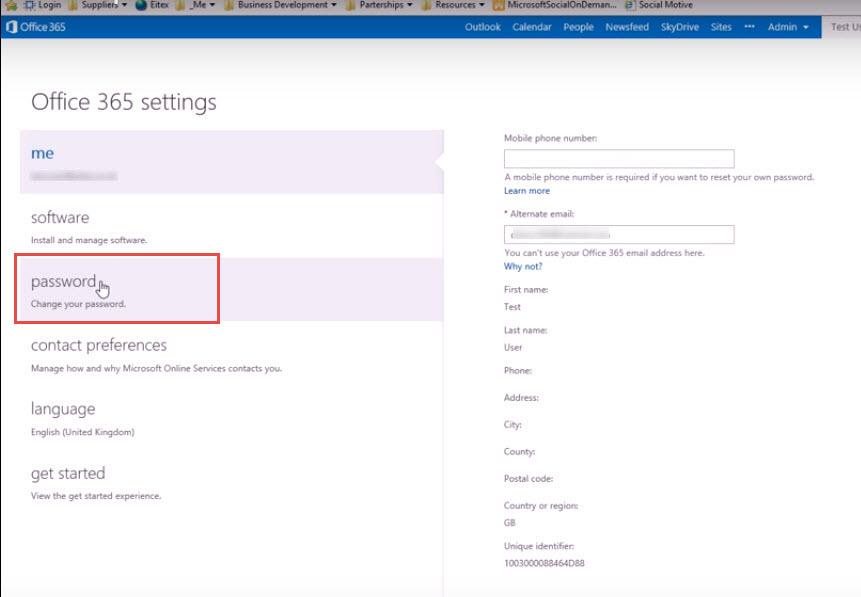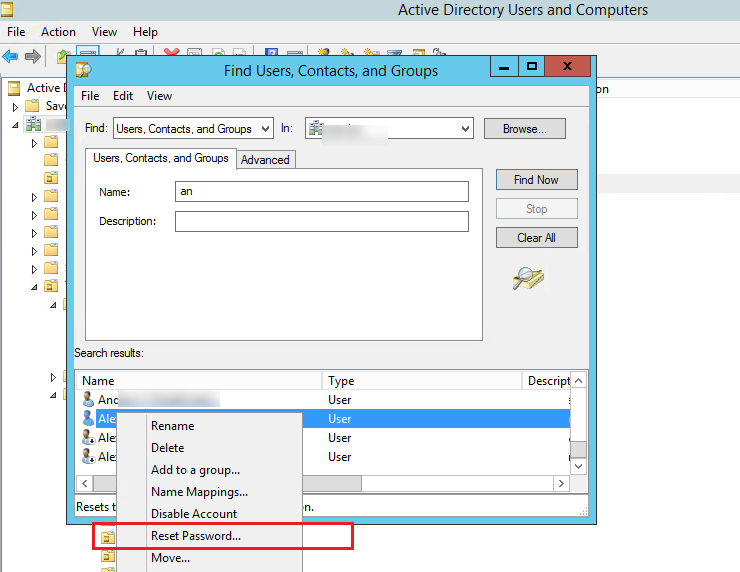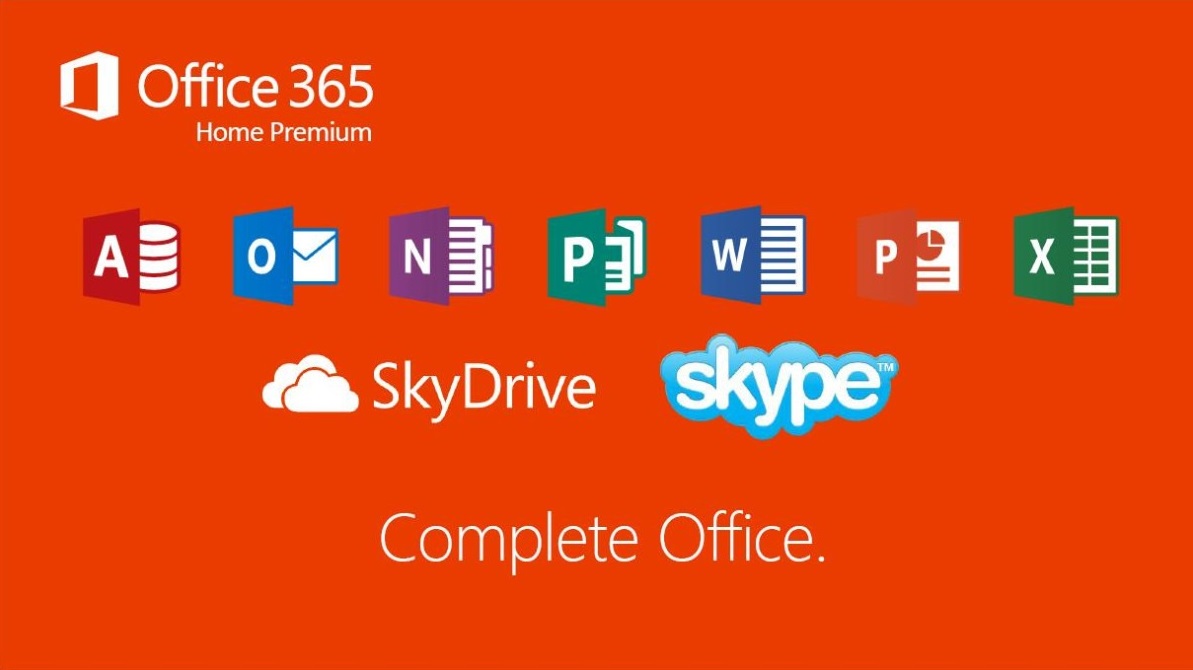

Passwords must be changed every 90 days (unless you set a user’s password to never expire through PowerShell).Password must not be the same as the previous password.Passwords must not contain your username.Passwords must contain at least one number or symbol.Passwords must contain a combination of upper and lowercase letters.Passwords must be between 8 and 16 characters.With this approach you are tied to Office 365’s password policy which is: As insecure as that might be, some organizations find it better than everyone forgetting their passwords on 90 day cycle. With Office 365, this is still an option, using the PowerShell you can set your user’s passwords to never expire. This was a big problem in BPOS, and many customers simply set their passwords to never expire. If you are also using SharePoint or Outlook Online, it’s less likely you’ll run in this scenario, as the users will be prompted when they access those services, so they are less likely to forget their password.


The end result is an influx of password resets, every 90 days. In order to reset their password they need to first know their old password, which they probably don’t know since they haven’t typed it for 90 days.

When the password expires, they’ll need to sign in the portal to reset their password. If the user checks ‘remember my password’ in Outlook, it’ll never prompt them for their credentials – until their password expires. This problem would mainly present if you are just using Outlook. Second, the users have to remember another password, and the administrators will almost certainly have to perform a lot of password resets. Outlook users have the option to “remember my Password’, but for services like SharePoint and Outlook online, you’ll be prompted. Disadvantagesįirst, users will be prompted for credentials, when accessing Office 365 services. Since the Office 365 ID is completely separate from AD, if it were to go down, or there was some sort catastrophic failure of your on-premises environment (flood, fire, earthquake), users would still be able to sign into their Office 365 mailbox, assuming they had internet connectivity from their home. If a user forgets their password, the administrator signs into the portal and resets it for them. The main advantage here is simplicity and reliability. If you don’t currently have AD, this is really your only option. Now, you could set the username and password between AD and Office 365 to be the same, but the user would have to maintain keeping the passwords as they change them. If the user currently has to authenticate against Active Directory (AD) to sign into their workstation, this login ID will be completely separate from their Office 365 ID, meaning a different password and username. Organizations create a user account in Office 365, and the user is given are given a temporary password. This is the default method for login authentication in Office 365. In this article, we’ll look at the advantages and disadvantages of each. In Office 365, there are several different ways users can be authenticated.


 0 kommentar(er)
0 kommentar(er)
